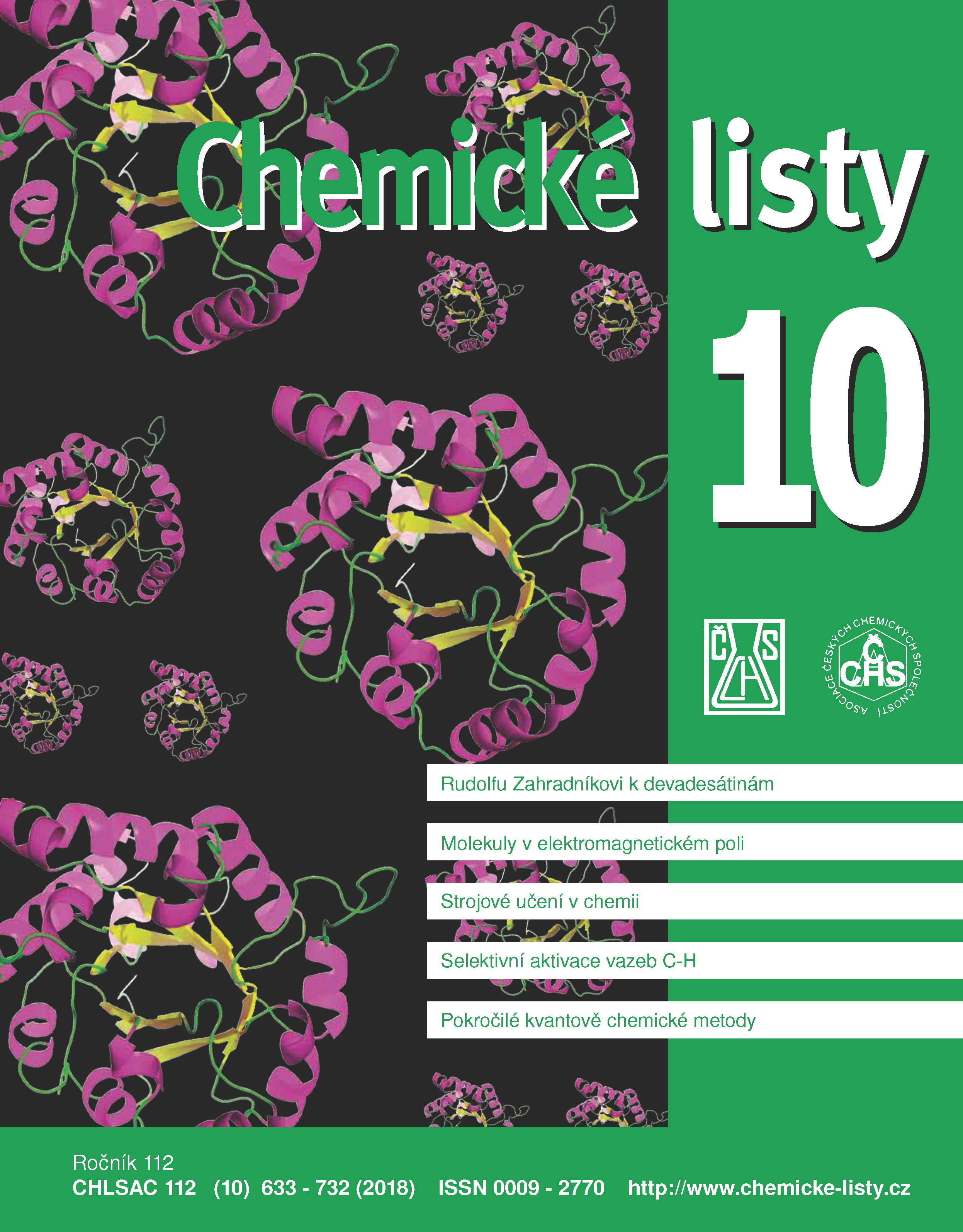Strongly Correlated Systems and the Method of the Renormalization Group Matrix in Quantum Chemistry
Keywords:
quantum chemistry, correlation, DMRG, multireference, MPSAbstract
This paper is an introduction to a density matrix renormalization group method (DMRG) and its use in quantum chemistry. Firstly we define the term of strongly correlated systems and explain why the standard methods of quantum chemistry are not suitable for use with such systems. Then, motivated by the principle of locality, we introduce the wave function approximation in the form of matrix product state (MPS), its graphical representation and calculation of expectation values of operators. In the next section, we present the canonical form of MPS expansion and show its relationship to the algorithm of the DMRG method as a form of optimization of matrices in MPS in the sense of variational minimization of energy. Then, a brief overview is given to the properties of DMRG method, with its computational complexity and the resulting limitations, followed by a list of methods for inclusion of the remaining dynamical correlation. Finally, we provide example calculations on realistic, chemically interesting molecules.





